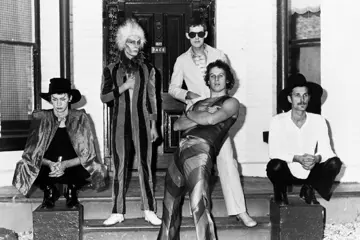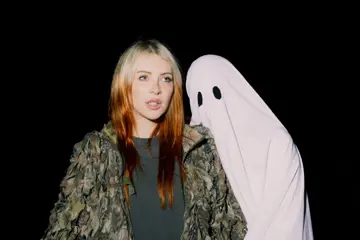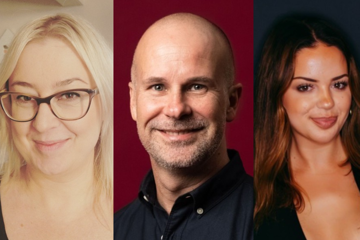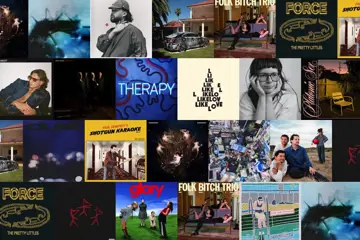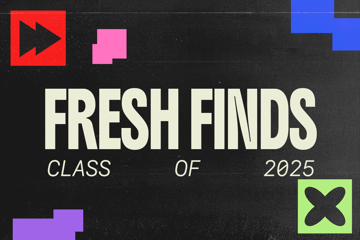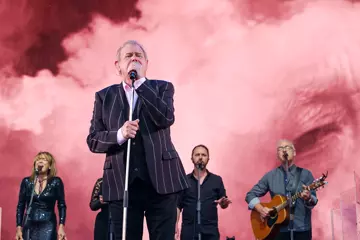When The Disappearances Project plays at the Judith Wright Centre next week, it's the beginning of a run that will take Sydney company Version 1.0 on the road to present the work in regional centres such as Toowoomba, Caloundra, Burdekin and Cairns before looping back to the Gold Coast. It's out in the back blocks where The Disappearances Project might resonate most, given that it began life in Bathurst in regional New South Wales.
The work was born when Bathurst Memorial Entertainment Centre opened up a dialogue with Version 1.0 about collaborating on a show. While in Bathurst fact-finding about the kind of work that might be relevant to the community, an offhanded comment by one of the venue staff set Yana Taylor and David Williams on the track towards conceiving The Disappearances Project – “Oh, don't walk around the streets here at night, this is the kind of place where people go missing”.
A staggering number of Australians go missing every year: about 35,000. When the media interest dies off, life will never be the same for those left behind – the family and friends. But this media interest was vital to Version 1.0 in putting the show together.
“We're a company that makes work based on research,” says Taylor, “we use a lot of existing documentation and found materials – text, video, sounds – and The Disappearances Project is all words that have been spoken in other places. There's not a phrase we invented. The words were already in the public arena. When you're making documentary material you're collaborating with what's already there. It's not unlike journalism. We have a different set of goals – as creative explorers, we want to keep finding forms with which to create new experiences and render stories.”
Don't miss a beat with our FREE daily newsletter
Taylor says her research for this work was assisted ably by Griffith University's Dr Julie Clark, who had already interviewed people with family or friends who had become missing.
“Her research is very vivid and you get a very strong sense of the human experience, it's not a clinical, analytical, distant study. She's an extraordinary researcher. I did some interviews in Bathurst – but not with family and friends, more with people who had passing relationships with the people who went missing, such as neighbours, people who were at the pub with them. For the most part, we energetically went to find where those words had already been spoken in the public arena. We're interested in what people are prepared to say in public, to see what that reveals or exposes about the experience.”
Taylor takes pains to stress that the show is respectful, and doesn't cross any lines. “We do not salaciously dig over the specifics of particular cases or name specific people,” she says. “We've tried hard to avoid the true crime, detective docudrama voyeurism. We just don't do that.”
The result is a haunting, hour-long show where Taylor and her fellow performer Irving Gregory speak for those who cannot, cutting through the melancholy silence that usually surrounds such cases, born of discomfort and grief.
“Silence is part of the problem, part of the marginalisation of the experience,” Taylor says. “It's possibly easier for people to have empathy for those who have lost somebody mysteriously. We've striven not to exploit that – we ask our audiences to witness experiences that remain broadly unspoken, and just be with these people.”
The Disappearances Project runs from Tuesday 3 to Friday 6 July, Judith Wright Centre Of Contemporary Arts.

